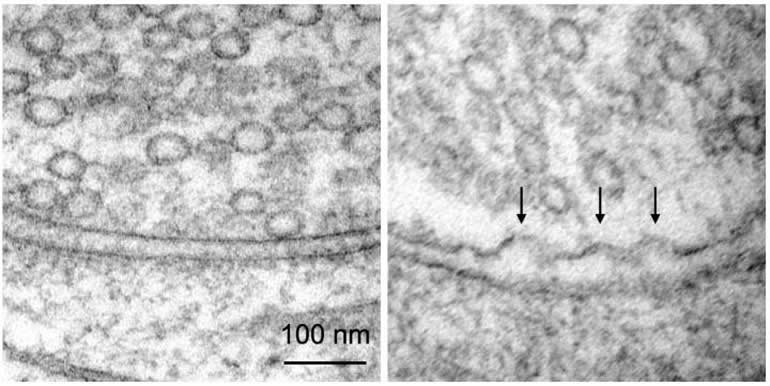Monday, 19 April 2021
Evolution : a branching pattern like a bush, not a linear one

The word “hominids” is often used to refer to the human line that diverged from chimpanzees some 6 or 7 million years ago. It includes not only all the species of the genus Homo, bus also some related genera, such as Australopithecus, that are now extinct. The evolutionary history of our human line has been determined from findings of fossils, some consisting of just a few bone fragments or teeth. These fossils have shown that human evolution has followed a branching pattern, like a bush, and not a linear pattern like you see above, where the chimpanzee starts losing hair, walking more upright, and becomes Homo sapiens, only to end up working hunched over again, first with an industrial tool and then at a computer. There are various versions of this image—some show Homo sapiens in a suit and tie, or riding a bicycle—but all of them convey several false ideas about human evolution. (more…)
Evolution and the Brain | Comments Closed
Thursday, 1 April 2021
The incredible speed of synaptic transmission

Sometimes you think you know all about a subject because you’ve been making presentations about it for years, or even decades. But then you read one article that makes you realize just how much you didn’t know. That’s what just happened to me. The subject was synaptic transmission, and the article was Synaptic vesicles transiently dock to refill release sites, published in the journal Nature Neuroscience in September 2020. The principal authors of this study, Grant F. Kusick and Shigeki Watanabe of the Johns Hopkins University School of Medicine in the United States, used a cell-imaging technique called “zap-and-freeze” to analyze how neurons release neurotransmitters into synapses. What these authors specifically wanted to understand was how the synaptic vesicles near the tip of an axon (the synaptic button), which fuse with its plasma membrane to release neurotransmitters into the synaptic gap, subsequently form again so that the neuron can be ready to handle the next nerve impulse. Because several tens or even several hundreds of nerve impulses can all arrive at the same synaptic button at one time, the authors reasoned, these vesicles must re-form extremely rapidly for there to be enough of them ready to release neurotransmitters again as soon as the next impulse arrives. (more…)
From the Simple to the Complex | Comments Closed







